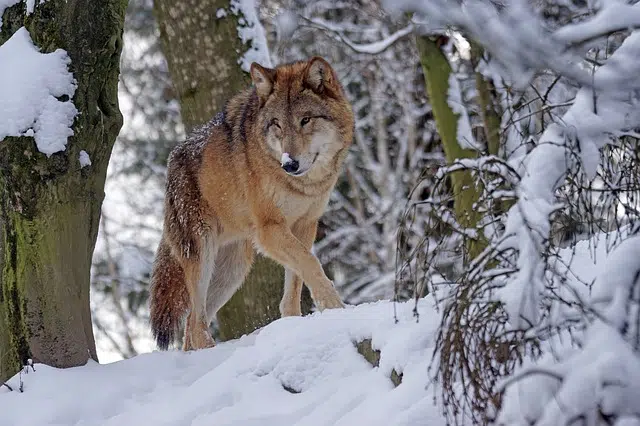
The relationship between bees and flowers is a clear example of mutualism
Interaction is an action exercised reciprocally between two or more individuals, functions or elements . Interactions imply the existence of some type of link .
The biological , meanwhile, refers to something that is associated with biology . This is the name given to the science dedicated to the study of living beings .
Relationship between organisms
From these ideas, we can move forward with the definition of biological interaction . This is the name given to the relationship established by organisms within the framework of an ecosystem .
The members of an ecosystem never live in isolation; On the contrary, they are linked to other species and the environment . This is how biological interactions occur, which can have different characteristics.
Mutualism
Take the case of mutualism . This biological interaction generates benefits for the two species involved, as happens with bees and flowers : while the insect feeds on nectar and pollen, the plant manages to distribute its gametes.
One of the benefits that both species obtain is an increase in their biological fitness (also known as biological fitness , it is the number of offspring that an organism can have in its entire life). It is worth mentioning that if the biological interaction is similar to mutualism but takes place between individuals of a single species, then we speak of cooperation .
There is also a special kind of mutualism known as symbiosis and is characterized by one or both parties being strictly dependent on the other. Symbiosis can also occur in other types of biological interaction.
Commensalism
In commensalism , biological interaction causes one species to benefit, without gain or harm to the other. The etymological origin of this term is found in the Latin expression cum mensa , which translates as "sharing the table." Its oldest use described the diner's use of food discarded by another animal; The pilot fish , for example, feeds on the remains of food left by sharks .
Scavenger animals that live in the savannahs, to mention another case, follow predators closely, wait until they finish eating their prey and then take advantage of the leftovers. But this concept also includes the use of resources left over from the second species, such as fecal matter or even the insects that follow it.
One of the most common types of commensalism is phoresis , which consists of the use of the second species as a "means of transport", something that remora does with sharks or mites do with hymenopteran insects, for example. Tenancy , meanwhile, is the lodging of the first in the second.

The wolf is an excellent hunter and depends on predation
Parasitism and predation
There are biological interactions, on the other hand, that allow one species to obtain a benefit at the expense of the other. This happens with parasitism and predation . The lion , to mention one animal, feeds on the zebra , thus obtaining the nutrients that give it the energy it needs to live. The zebra, of course, is harmed by this interaction as it ends its existence.
The species that is harmed through parasitism is called the host , host , host , or host . This process serves the other to increase its chances of survival, not only through food but also through resources that allow it to reproduce or spread its propagules (germs that after development become an organism equal to the one that produces it). .
We must not confuse predation with animal exploitation: the first occurs naturally, because the planet dictates it so that balance is maintained; The second is an artificial practice that achieves the opposite effect. Predatory animals are capable of hunting others with their own means, without the use of weapons.
